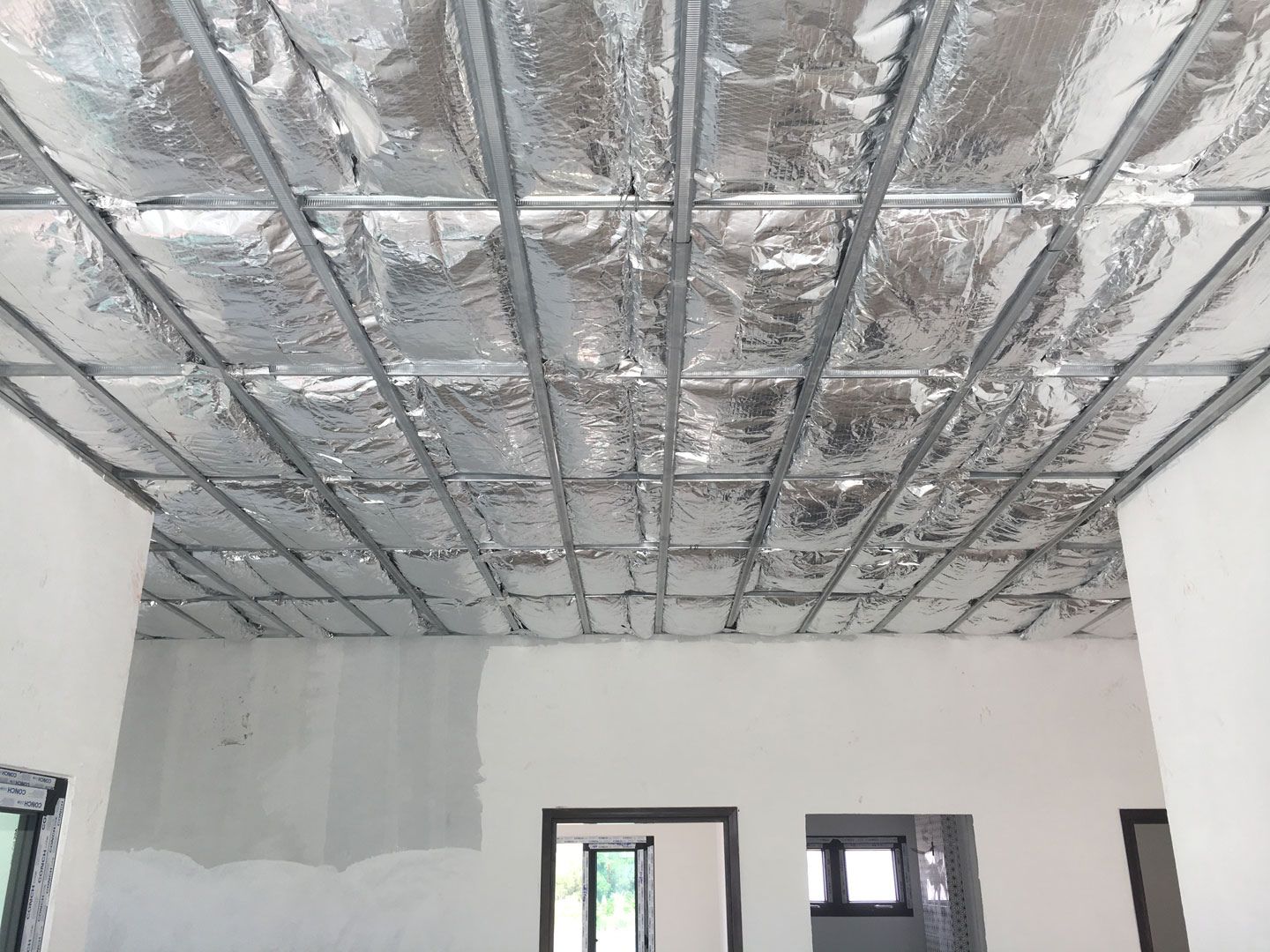

Articles
What Is Heat Insulation
Modified: February 28, 2024
Learn all about heat insulation in articles that cover its importance, benefits, and different types for effective temperature control.
(Many of the links in this article redirect to a specific reviewed product. Your purchase of these products through affiliate links helps to generate commission for Storables.com, at no extra cost. Learn more)
Introduction
Heat insulation is a crucial aspect of any building or structure that helps regulate the temperature within, creating a comfortable and energy-efficient environment. It is the process of minimizing heat transfer from one area to another, preventing the escape of heat during cold weather and preventing the entry of heat during hot weather. By implementing effective heat insulation measures, buildings can maintain a more stable internal temperature, reducing the reliance on heating and cooling systems and resulting in significant energy savings.
Heat insulation plays a vital role in various industries, including construction, manufacturing, and transportation. It is not only limited to building structures but also extends to the insulation of pipes, equipment, and vehicles to ensure optimal performance and energy efficiency. This article will provide an overview of heat insulation, its importance, different types of insulation materials, factors to consider when choosing them, common applications, benefits, and some challenges associated with heat insulation.
Key Takeaways:
- Heat insulation is essential for energy efficiency, comfort, and safety in various industries. It reduces heat transfer, lowers energy bills, and creates a comfortable indoor environment, benefiting both individuals and the environment.
- Choosing the right insulation material is crucial. Factors such as thermal conductivity, operating temperature, and environmental impact must be considered to ensure effective insulation performance and long-term durability.
Definition of Heat Insulation
Heat insulation is the process of reducing or minimizing the transfer of heat between two objects or areas with different temperatures. It involves the use of insulation materials that have low thermal conductivity, effectively limiting the flow of heat through conduction, convection, and radiation.
Conduction is the transfer of heat through direct contact between two objects, such as when a metal spoon gets hot when placed in a hot cup of coffee. Insulation materials with low thermal conductivity, like fiberglass or foam, are used to create a barrier that obstructs the transfer of heat through conduction.
Convection refers to the transfer of heat through the movement of a fluid, such as air or water. When warm air rises and cold air sinks, it creates a convection current that carries heat. Heat insulation materials, such as air pockets in insulation foams or trapped air in fiberglass, disrupt the natural convection currents, reducing heat transfer.
Radiation is the transfer of heat through electromagnetic waves. All objects emit and absorb radiation, and the rate of heat transfer depends on the temperature and emissivity of the surface. Heat insulation materials, such as reflective surfaces or radiation barriers, can reflect or absorb the radiant heat, preventing it from entering or escaping a space.
Overall, the goal of heat insulation is to create a barrier that limits the transfer of heat and helps maintain a stable and comfortable temperature within a given space. By controlling the flow of heat, insulation reduces energy consumption and promotes energy efficiency in various applications, including buildings, industrial processes, and transportation systems.
Importance of Heat Insulation
Heat insulation plays a crucial role in various aspects of our lives, providing numerous benefits and advantages. Let’s explore why heat insulation is so important:
- Energy Efficiency: One of the main reasons why heat insulation is essential is because it promotes energy efficiency. By reducing heat transfer, insulation helps minimize the need for excessive heating or cooling systems. Buildings and structures with good insulation require less energy to maintain a comfortable temperature, leading to lower energy bills and reduced greenhouse gas emissions.
- Comfortable Indoor Environment: Proper heat insulation ensures that buildings maintain a stable temperature throughout the year. It helps to keep the hot air out during the summer and prevent cold drafts from coming in during the winter. As a result, occupants enjoy a comfortable and consistent indoor environment regardless of the weather outside.
- Noise Reduction: Heat insulation materials, especially those with soundproofing properties, can also help reduce noise transmission. Whether it’s external noises like traffic or internal noises from appliances or other activities, insulation can create a quieter and more peaceful atmosphere, improving the overall comfort and ambiance of a space.
- Condensation Prevention: Insulation also helps inhibit the formation of condensation on surfaces. When warm air comes into contact with a cold surface, condensation can occur, leading to moisture build-up, potential mold growth, and deterioration of the building material. By maintaining a consistent temperature, insulation minimizes the risk of condensation, protecting the integrity of the structure and preserving indoor air quality.
- Improved Health and Safety: Effective heat insulation can contribute to a healthier living or working environment. By reducing heat transfer and maintaining a comfortable temperature, insulation helps prevent extreme heat or cold exposure, which can have adverse health effects. Additionally, insulation can act as a fire barrier when using fire-resistant insulation materials, providing essential fire safety measures in buildings.
Overall, heat insulation plays a significant role in creating energy-efficient, comfortable, and safe spaces. It benefits both individuals and the environment by reducing energy consumption, minimizing carbon footprint, and enhancing the quality of life. Whether in residential, commercial, or industrial settings, the importance of heat insulation cannot be overstated.
Types of Heat Insulation Materials
Various types of heat insulation materials are available, each with its unique properties and applications. The choice of insulation material depends on factors such as the desired insulation level, the operating temperature range, budget, and specific requirements of the application. Let’s explore some commonly used heat insulation materials:
- Fiberglass: Fiberglass insulation is one of the most popular types of insulation materials. It is made from fine strands of glass fibers, which are woven together to form a mat or blanket. Fiberglass insulation is known for its excellent thermal insulation properties, fire resistance, and durability. It is commonly used in residential and commercial buildings, as well as in HVAC systems and industrial applications.
- Mineral Wool: Mineral wool, also known as mineral fiber or rock wool, is made from natural or synthetic minerals, such as basalt, slag, or ceramic fibers. It is available in the form of batts, boards, or loose-fill insulation. Mineral wool offers good thermal and sound insulation properties, excellent fire resistance, and resistance to moisture and mold. It is commonly used in walls, roofs, floors, and industrial applications.
- Cellulose: Cellulose insulation is made from recycled paper or plant fibers, treated with fire-retardant chemicals to improve its resistance to flames. It is available in loose-fill or spray forms. Cellulose insulation offers excellent thermal and sound insulation properties, as well as good resistance to air movement and pests. It is commonly used in attics, walls, and cavities in residential and commercial buildings.
- Spray Foam: Spray foam insulation is a liquid foam material that expands and hardens when sprayed onto surfaces. It creates a seamless and airtight insulation layer, filling gaps and voids efficiently. Spray foam insulation provides excellent thermal insulation, air sealing, and moisture barrier properties. It is commonly used in walls, roofs, basements, and crawlspaces, as well as in commercial and industrial applications.
- Polyurethane: Polyurethane insulation is a rigid foam insulation material with a closed-cell structure. It offers high thermal insulation properties, low water absorption, and excellent compressive strength. Polyurethane insulation is commonly used in refrigeration systems, building roofs, insulated panels, and transportation applications.
- Reflective Insulation: Reflective insulation consists of a layer of reflective material, such as aluminum foil, applied to one or both sides of an insulation material. It reflects radiant heat away from the surface, reducing heat transfer through radiation. Reflective insulation is commonly used in attics, roofs, and walls to minimize radiant heat gain or loss.
These are just a few examples of the many types of heat insulation materials available in the market. It is important to consult with insulation experts or professionals to determine the most suitable insulation material for your specific needs, ensuring optimal thermal performance and energy savings.
Factors to Consider When Choosing Heat Insulation Materials
When selecting heat insulation materials for a particular application, it is important to consider various factors to ensure effective insulation performance and long-term durability. Here are some key factors to keep in mind:
- Thermal Conductivity: The thermal conductivity of an insulation material indicates how well it can resist heat transfer. Lower thermal conductivity means better insulation performance. It is important to choose materials with low thermal conductivity to minimize heat loss or gain.
- Operating Temperature: Consider the temperature range in which the insulation material will be used. Some materials are better suited for high temperatures, while others may degrade or lose their insulation properties at extreme temperatures.
- Moisture Resistance: Depending on the application, it is crucial to choose insulation materials that are resistant to moisture. Moisture can compromise the effectiveness of insulation and lead to issues like mold growth or material degradation.
- Fire Resistance: In certain applications, it is vital to select insulation materials that offer good fire resistance. Look for materials with appropriate fire ratings and certifications to ensure safety in case of fire.
- Installation Ease: Consider the ease of installation of the insulation material. Some materials, like pre-cut batts or rolls, are easier to handle and install, while others may require professional installation.
- Environmental Impact: Evaluate the environmental impact of the insulation material. Look for materials that are made from sustainable or recyclable sources and have minimal impact on the environment throughout their lifecycle.
- Durability: Assess the durability and longevity of the insulation material. Consider factors such as resistance to aging, pests, and structural integrity to ensure the insulation will perform effectively over time.
- Cost: Consider the cost of the insulation material, including the initial purchase cost and any installation or maintenance expenses. Balance the cost with the desired insulation performance and long-term energy savings.
It is important to prioritize these factors based on the specific requirements of your application and consult with insulation experts or professionals for guidance. They can help assess your needs and recommend the most suitable insulation material that balances performance, durability, and cost-effectiveness.
When insulating your home, consider using materials with a high R-value, such as fiberglass, cellulose, or foam board, to effectively reduce heat transfer and improve energy efficiency.
Read more: What Is Insulation
Common Applications of Heat Insulation
Heat insulation is utilized in various industries and applications to enhance energy efficiency and create comfortable environments. Let’s explore some of the common applications of heat insulation:
- Residential Buildings: Heat insulation is essential in residential buildings to regulate indoor temperature and reduce energy consumption. It is commonly used in walls, roofs, attics, and floors to keep the interior cool during hot summers and warm during cold winters.
- Commercial Buildings: Commercial buildings, such as offices, malls, and hospitals, benefit from heat insulation to create a comfortable working or shopping environment. Insulation is used in the building envelope, HVAC systems, and pipes to minimize heat loss or gain and improve energy efficiency.
- Industrial Applications: Heat insulation is crucial in various industrial processes to maintain optimal operating temperatures and reduce energy wastage. It is used in pipelines, tanks, boilers, furnaces, and equipment to prevent heat loss, control process temperatures, and improve overall efficiency.
- Transportation: Heat insulation is employed in vehicles, including cars, trains, ships, and aircraft, to enhance energy efficiency and passenger comfort. Insulation materials are used in the engine compartments, cabins, and exhaust systems to minimize heat transfer, reduce noise, and improve overall performance.
- Cold Storage: Heat insulation is critical in cold storage facilities, such as warehouses, refrigerated trucks, and freezers, to maintain low temperatures and prevent heat intrusion. Insulation materials with low thermal conductivity are used in walls, floors, and doors to create a thermal barrier and prevent the escape of cold air.
- HVAC Systems: Heat insulation is an integral part of heating, ventilation, and air conditioning (HVAC) systems. It is used in air ducts, pipes, and equipment to prevent heat loss during the distribution of heated air and to reduce heat gain from surrounding spaces in cooling systems.
- Power Plants: Heat insulation is essential in power plants to increase efficiency and prevent heat loss in various components. It is used in boilers, turbines, steam pipes, and flue gas systems to minimize heat transfer, improve energy conversion, and reduce fuel consumption.
- Commercial Kitchens: Heat insulation is employed in commercial kitchens to maintain a comfortable working environment and energy efficiency. Insulation is used in walls, ceilings, exhaust hoods, and cooking equipment to reduce heat transfer and prevent the buildup of heat in the kitchen space.
These are just a few examples of the diverse applications of heat insulation. From residential to industrial settings, effective insulation is crucial for energy conservation, enhanced comfort, and operational efficiency.
Benefits of Heat Insulation
Heat insulation offers a wide range of benefits and advantages, making it a valuable investment in various applications. Here are some of the key benefits of heat insulation:
- Energy Efficiency: One of the primary benefits of heat insulation is improved energy efficiency. By reducing heat transfer, insulation helps minimize the need for excessive heating or cooling systems. This leads to significant energy savings, reduced utility bills, and a lower carbon footprint.
- Improved Comfort: Heat insulation plays a crucial role in creating a comfortable indoor environment. By regulating temperatures and reducing heat flow, insulation helps maintain a stable and pleasant temperature year-round. It keeps the interior cool during hot summers and warm during cold winters, ensuring the comfort of occupants.
- Noise Reduction: Some insulation materials also provide soundproofing benefits, reducing the transmission of noise from outside or between spaces. This creates a quieter and more peaceful environment, improving the overall comfort and quality of life.
- Condensation Prevention: Effective insulation helps prevent condensation on surfaces by maintaining a consistent temperature. Condensation can lead to moisture build-up, mold growth, and degradation of building materials. Insulation acts as a barrier, reducing the risk of condensation and preserving the integrity of the structure.
- Improved Indoor Air Quality: Heat insulation can contribute to better indoor air quality. By reducing heat transfer, it minimizes the need for excessive ventilation and the entry of outdoor pollutants. Additionally, insulation materials with proper certifications can ensure that they are free from harmful substances, promoting a healthier living or working environment.
- Fire Safety: Certain insulation materials offer excellent fire resistance properties, acting as a protective barrier in case of a fire. These materials can help slow down the spread of fire and provide critical time for evacuation, enhancing the overall safety of a building or structure.
- Long-term Durability: Well-installed and maintained insulation can have a long lifespan, providing long-term benefits. It can withstand environmental elements, reduce wear and tear on heating or cooling systems, and contribute to the overall durability and longevity of a building or equipment.
Overall, heat insulation offers numerous advantages, including energy savings, improved comfort, noise reduction, condensation prevention, enhanced indoor air quality, fire safety, and increased durability. Whether in residential, commercial, or industrial settings, investing in quality insulation is a wise decision with long-lasting benefits.
Challenges and Limitations of Heat Insulation
While heat insulation provides many benefits, it is important to be aware of the challenges and limitations associated with it. Here are some factors to consider:
- Initial Cost: High-quality insulation materials can come with a higher initial cost compared to traditional options. However, it’s important to consider the long-term energy savings and other benefits to evaluate the overall cost-effectiveness of the insulation.
- Installation Complexity: Installing insulation requires expertise and careful attention to detail to ensure proper coverage and minimize air gaps. Improper installation can compromise the effectiveness of the insulation and lead to heat loss or inadequate performance.
- Moisture and Mold Risk: Inadequate moisture management can pose a challenge to insulation materials. Moisture infiltration, such as leaks or condensation, can impact the performance of certain insulation types, leading to reduced effectiveness and potential mold growth.
- Limited Lifespan: Insulation materials may deteriorate over time due to aging or exposure to environmental factors. This can gradually decrease their effectiveness and necessitate replacement or repairs to maintain optimal insulation performance.
- Space Limitations: Some insulation materials can be bulky, requiring extra space during installation. In retrofitting scenarios or applications with limited space, finding suitable insulation solutions that provide the desired thermal performance can be a challenge.
- Special Considerations: Certain applications, such as high-temperature or extreme industrial environments, may require specialized insulation materials capable of withstanding these conditions. Finding suitable insulation that meets specific requirements can be more challenging and may involve higher costs.
- Environmental Impact: While many insulation materials are eco-friendly or recyclable, some may have a higher environmental impact due to the manufacturing processes or the emission of greenhouse gases during production. Choosing sustainable and low-impact insulation materials can help mitigate these concerns.
- Fire Safety: While insulation can provide fire resistance, it is important to ensure that the chosen insulation materials meet fire safety regulations and have appropriate fire ratings for the specific application. Any compromise in fire safety can pose a risk to occupants and the property.
Despite these challenges and limitations, proper selection, installation, and maintenance of insulation materials can help mitigate potential issues. Consulting with insulation experts or professionals can provide valuable guidance on overcoming these challenges and finding the most suitable insulation solutions for your specific requirements.
Conclusion
Heat insulation is a crucial consideration in various industries and applications, playing a vital role in energy efficiency, comfort, and environmental sustainability. By minimizing heat transfer, insulation helps maintain stable temperatures, reduce energy consumption, and create a comfortable living or working environment. From residential and commercial buildings to industrial facilities and transportation systems, proper insulation enhances thermal performance and contributes to long-term cost savings.
Throughout this article, we have explored the definition and importance of heat insulation, discussed different types of insulation materials, considered factors for choosing the right insulation, and examined common applications. We have also highlighted the benefits of heat insulation, such as energy efficiency, improved comfort, noise reduction, and fire safety.
However, it is crucial to be aware of the challenges and limitations associated with insulation, including installation complexity, moisture management, limited lifespan, and specific application considerations. By understanding these challenges and addressing them appropriately, we can maximize the effectiveness and performance of insulation systems.
In conclusion, heat insulation is a critical aspect of building construction, industrial processes, and transportation systems. It offers numerous benefits, including energy savings, improved comfort, noise reduction, and fire safety. By selecting the right insulation materials, considering application-specific factors, and ensuring proper installation and maintenance, we can harness the power of heat insulation to create energy-efficient, comfortable, and sustainable environments.
Frequently Asked Questions about What Is Heat Insulation
Was this page helpful?
At Storables.com, we guarantee accurate and reliable information. Our content, validated by Expert Board Contributors, is crafted following stringent Editorial Policies. We're committed to providing you with well-researched, expert-backed insights for all your informational needs.
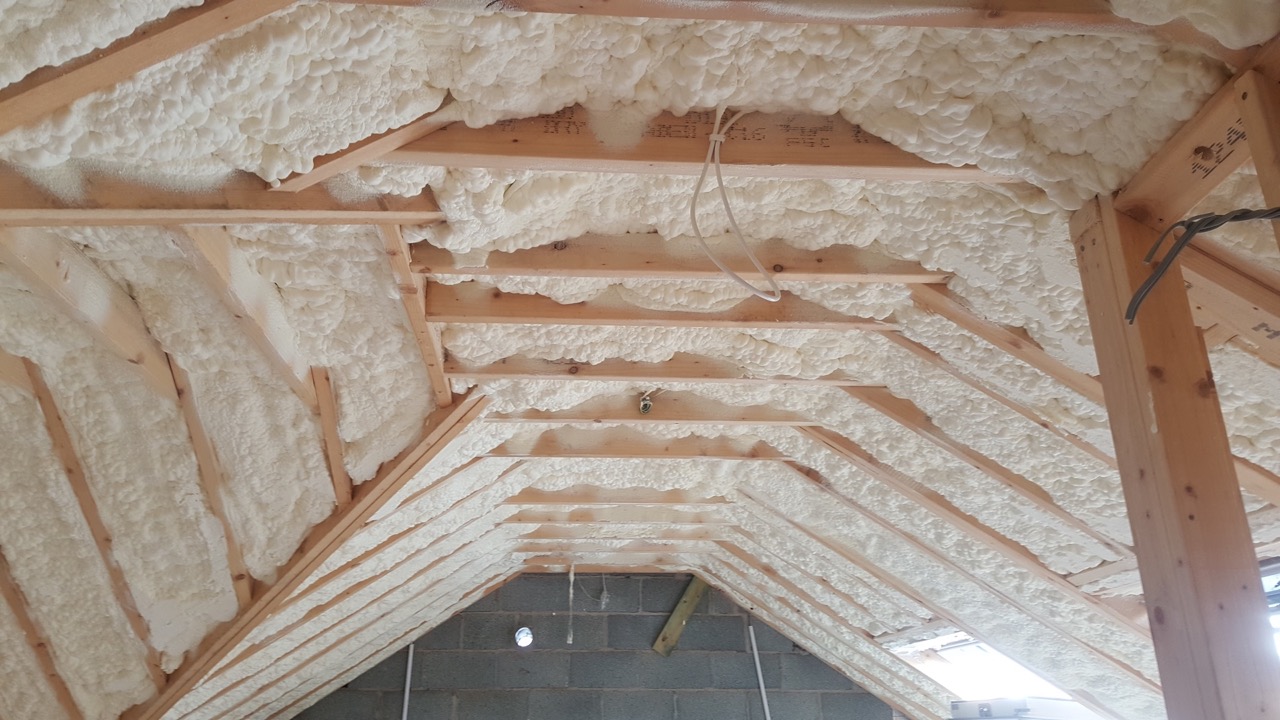
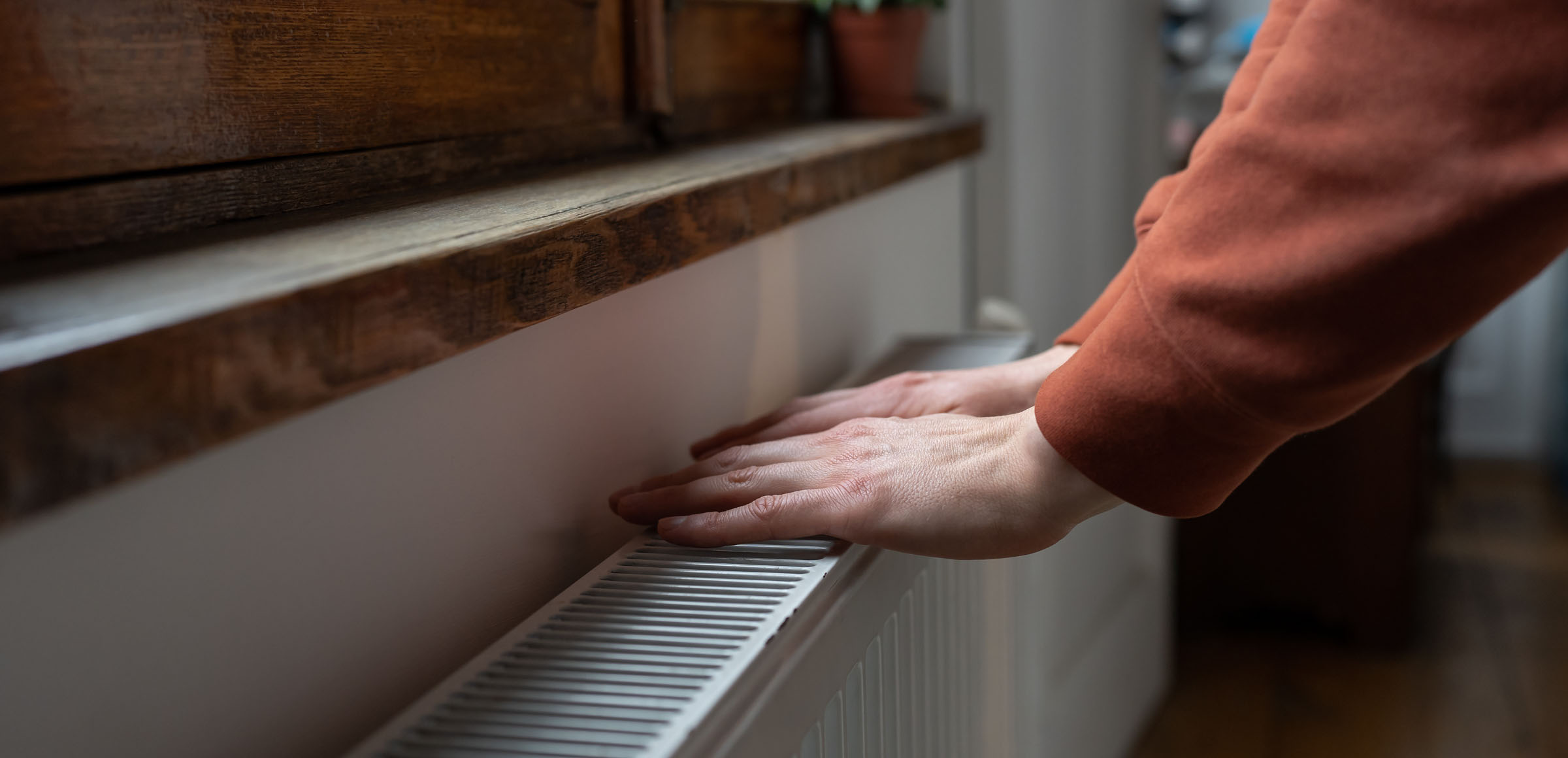
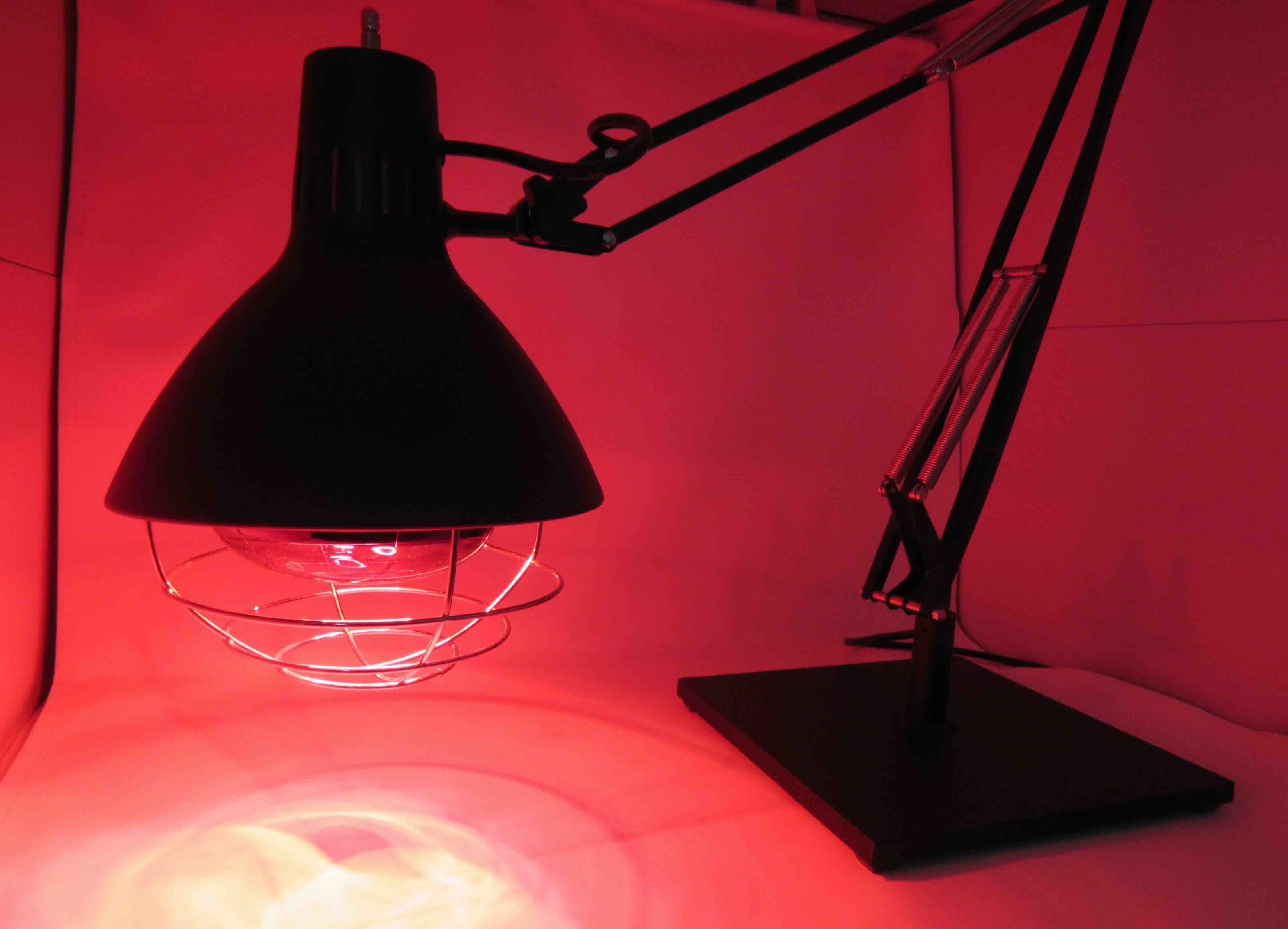
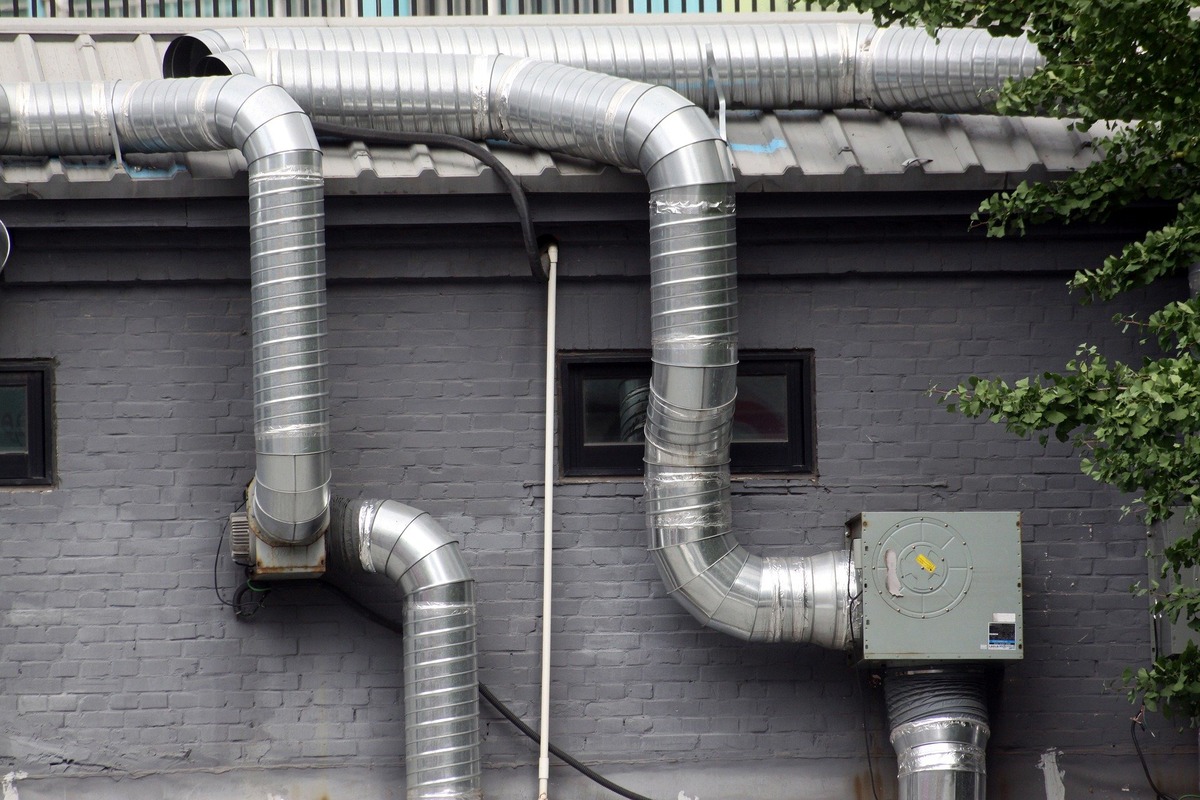
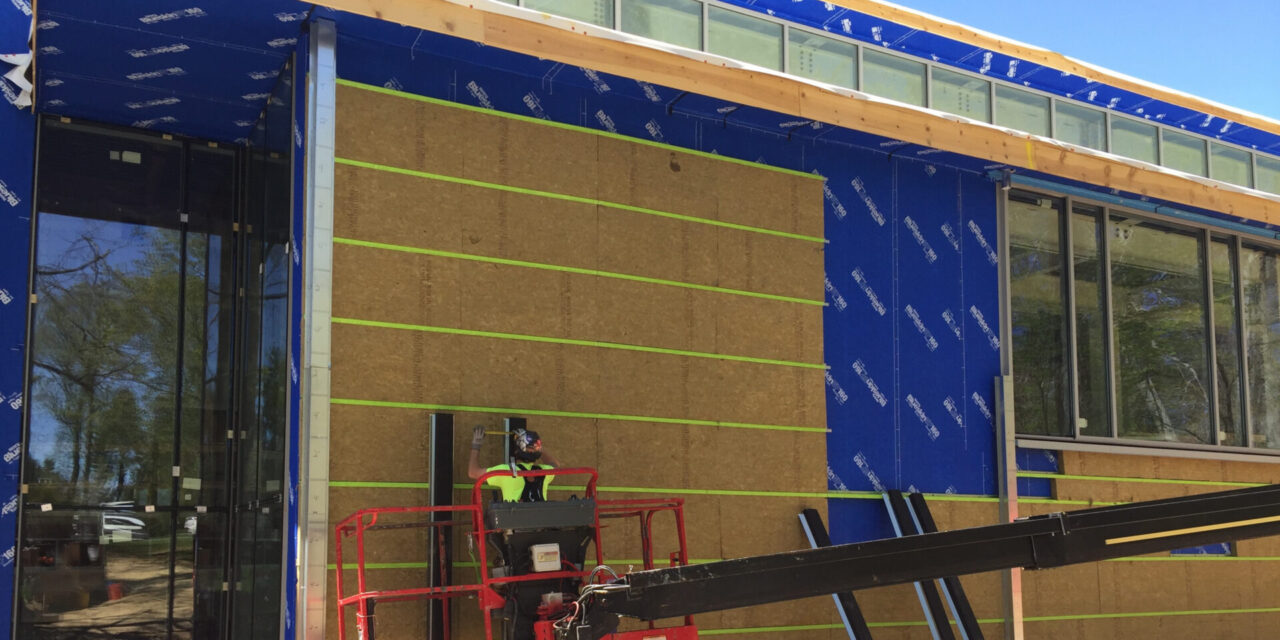
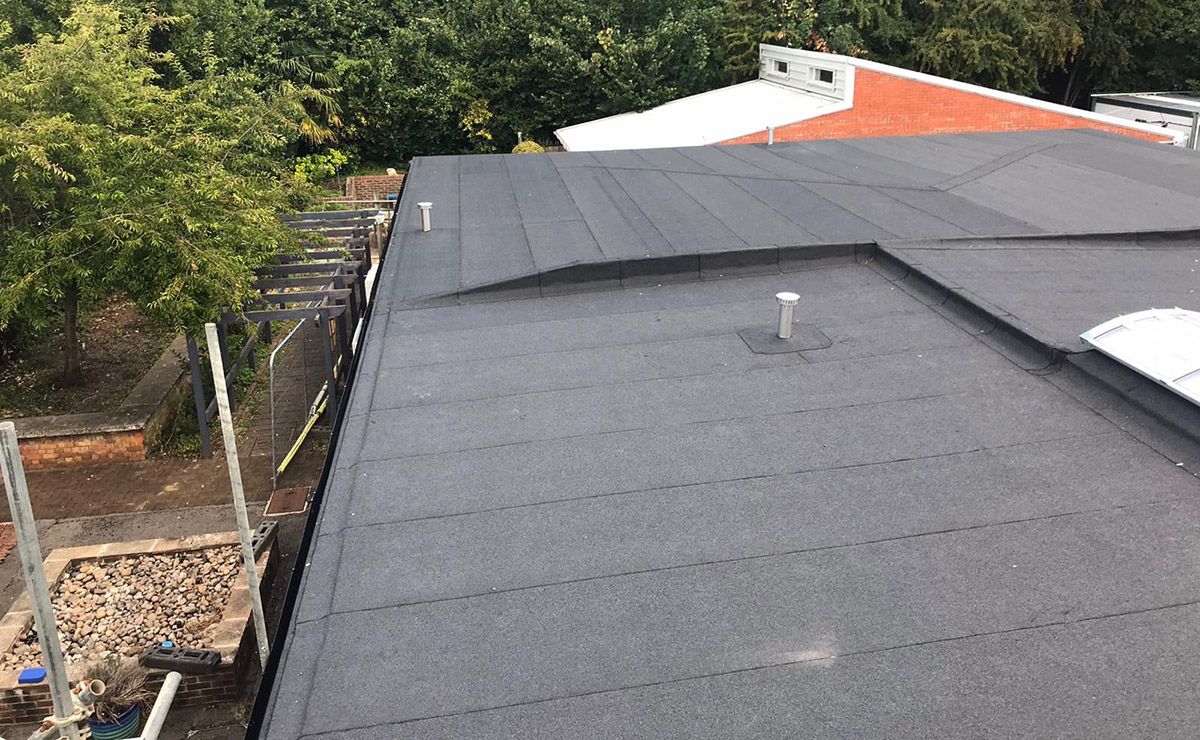
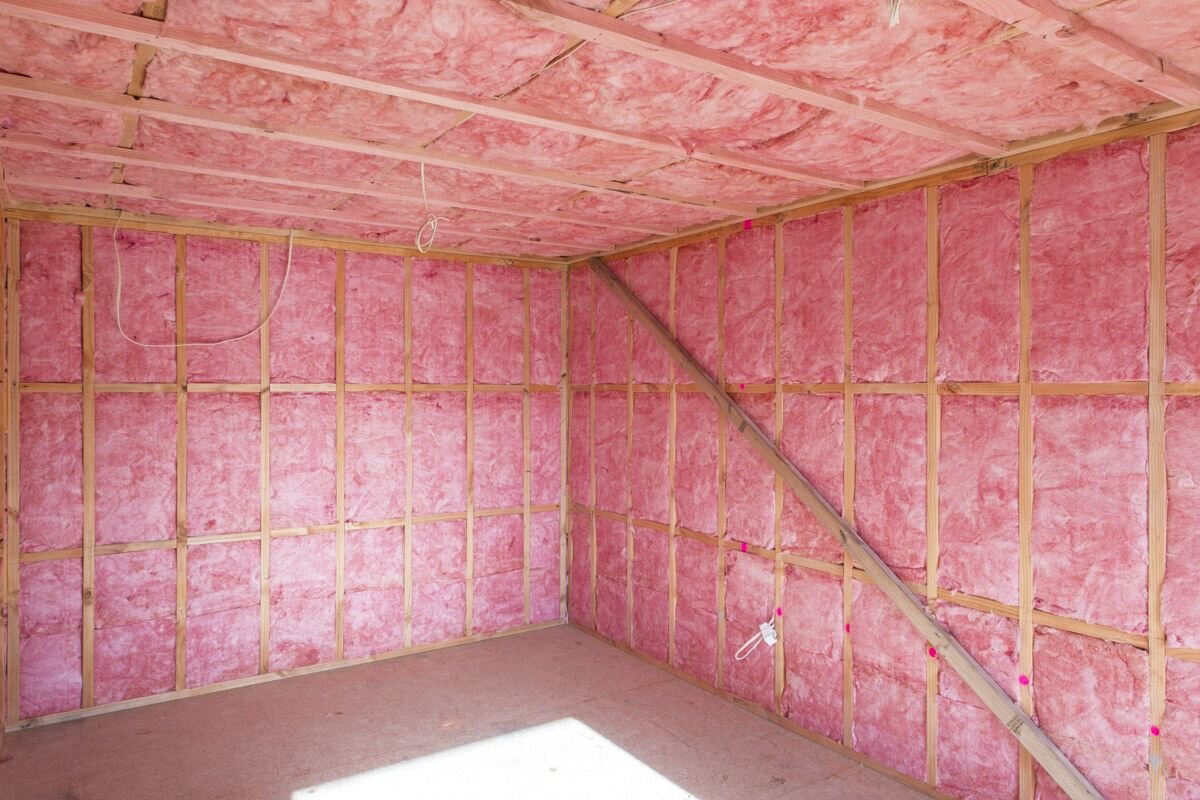
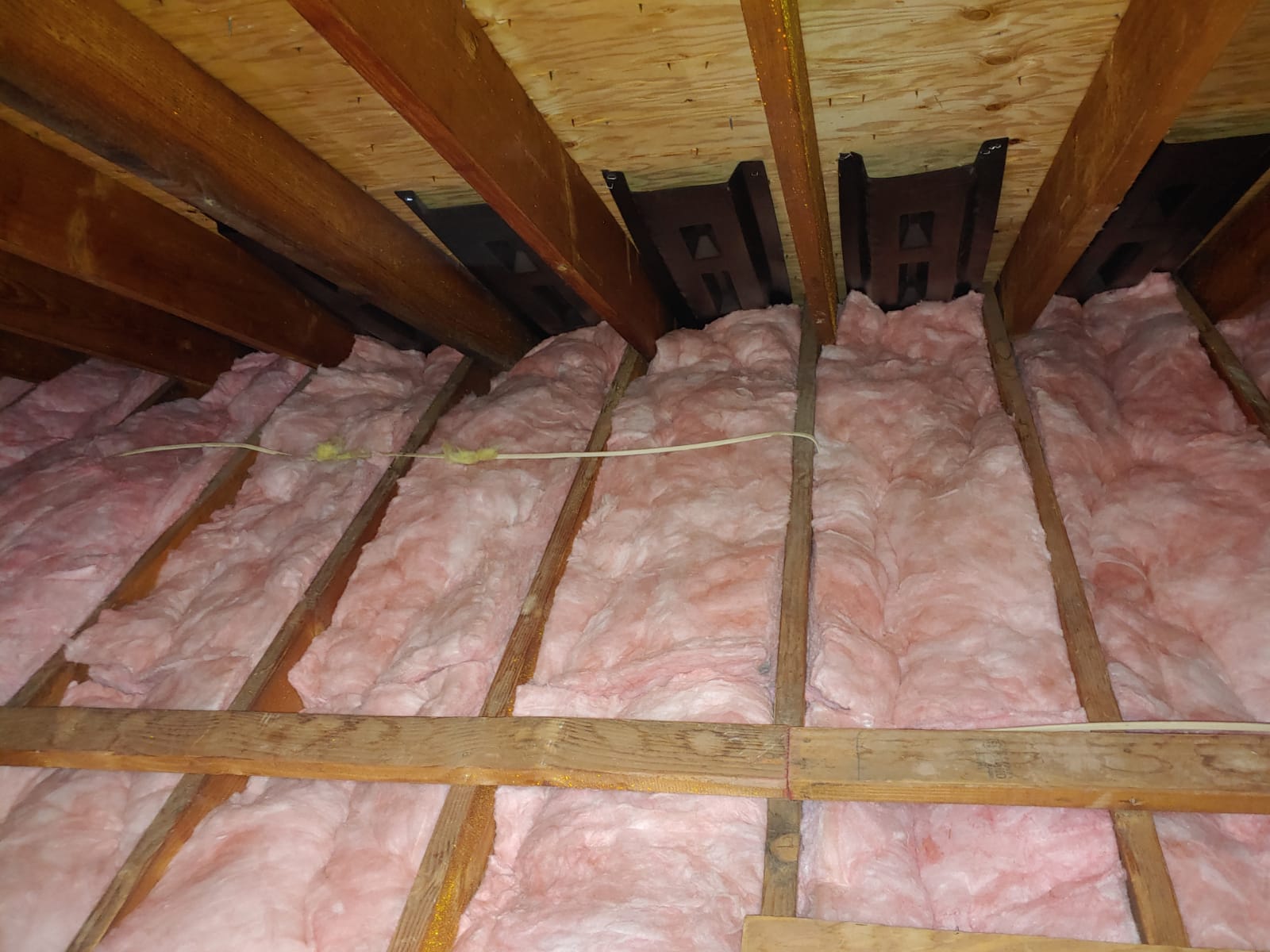
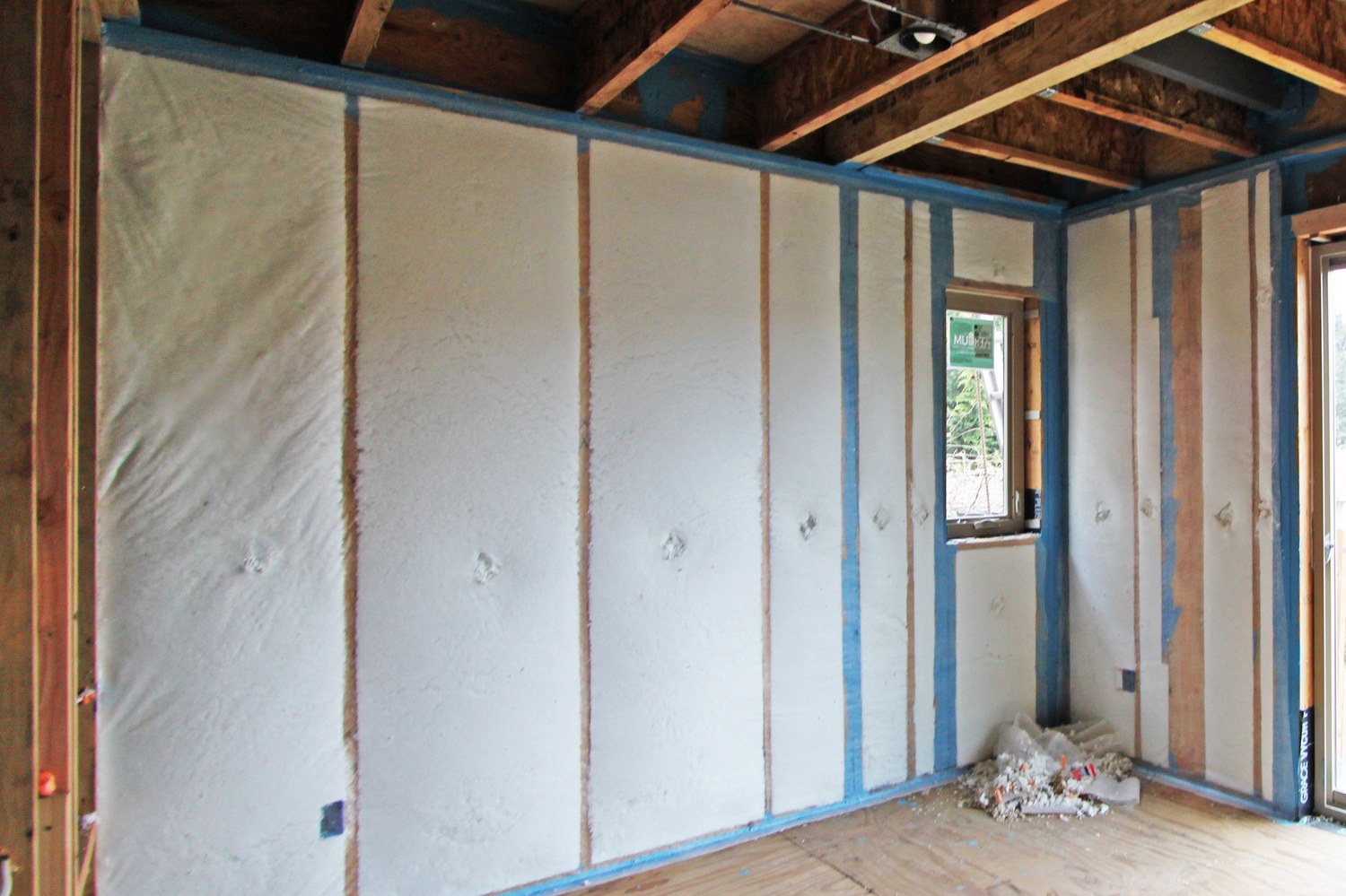
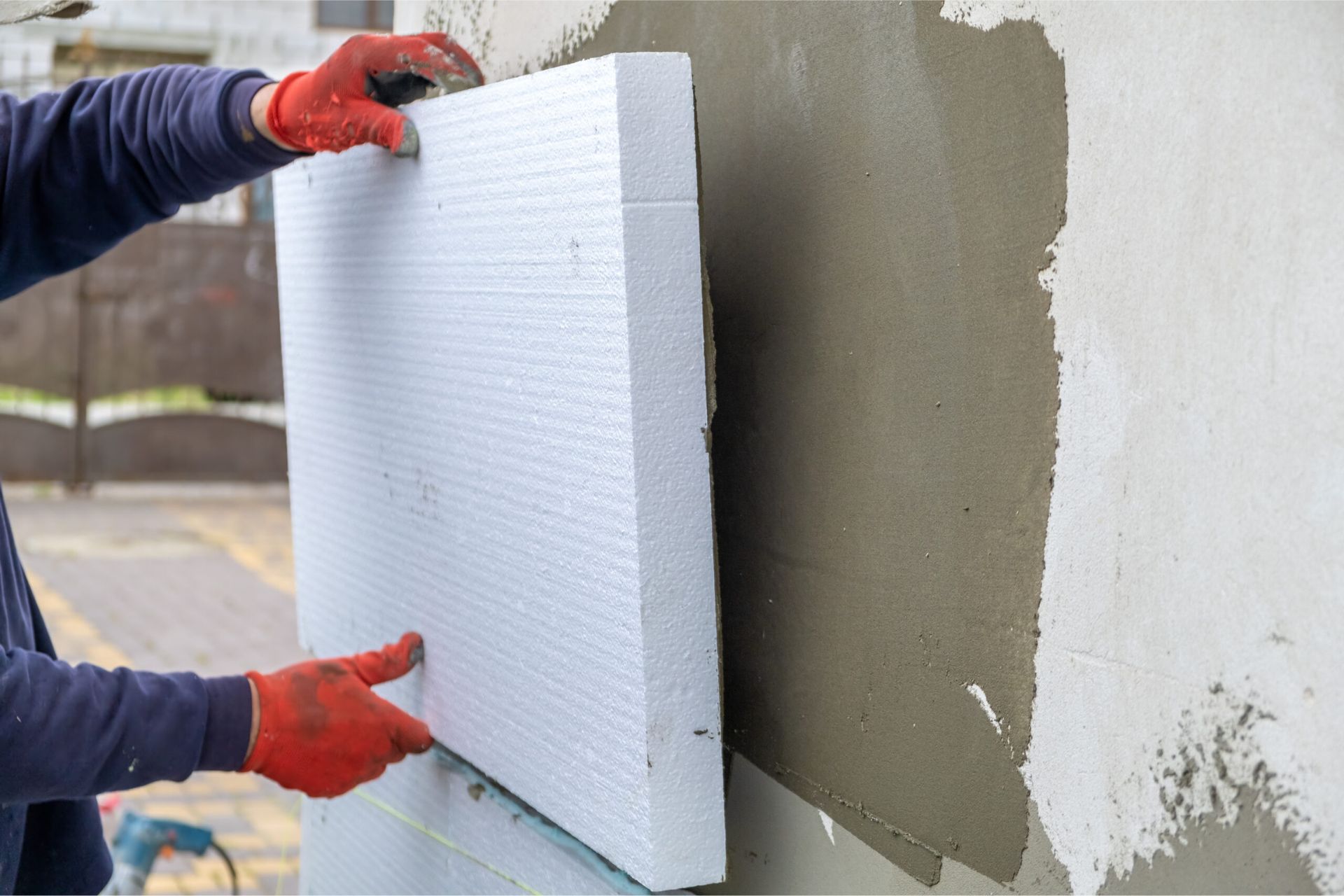
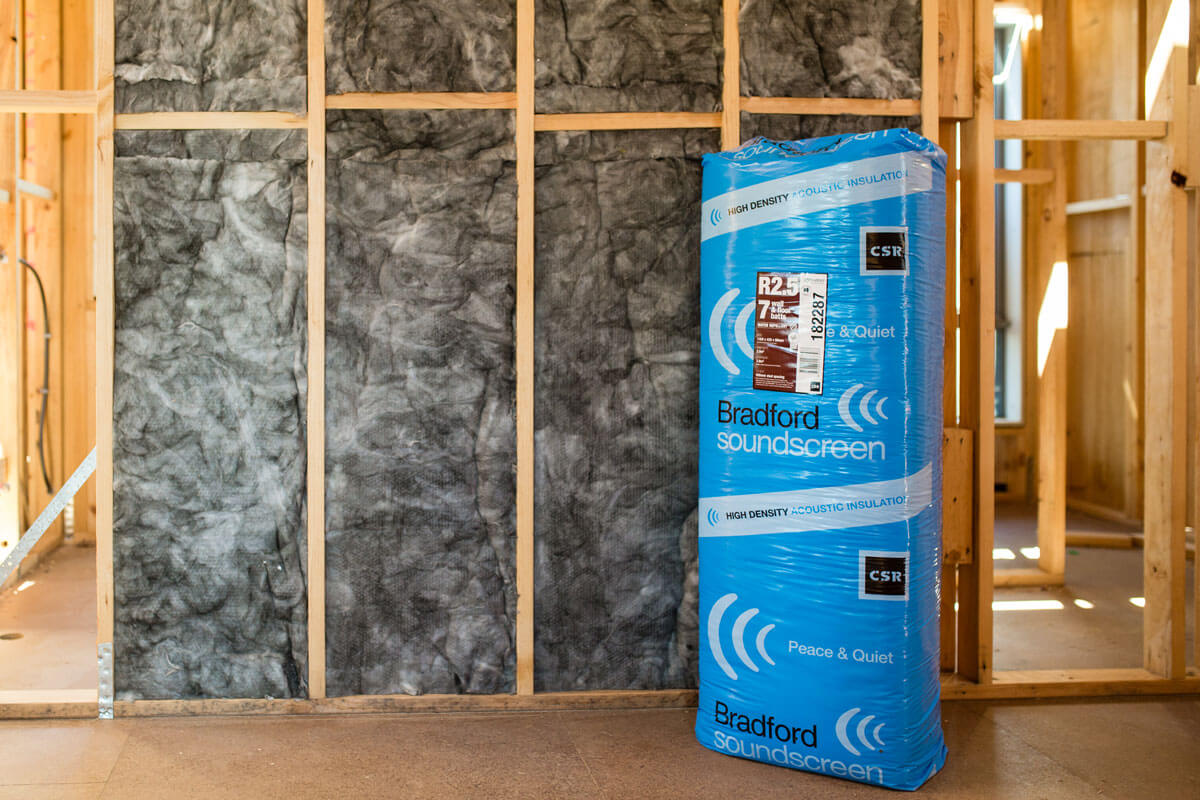
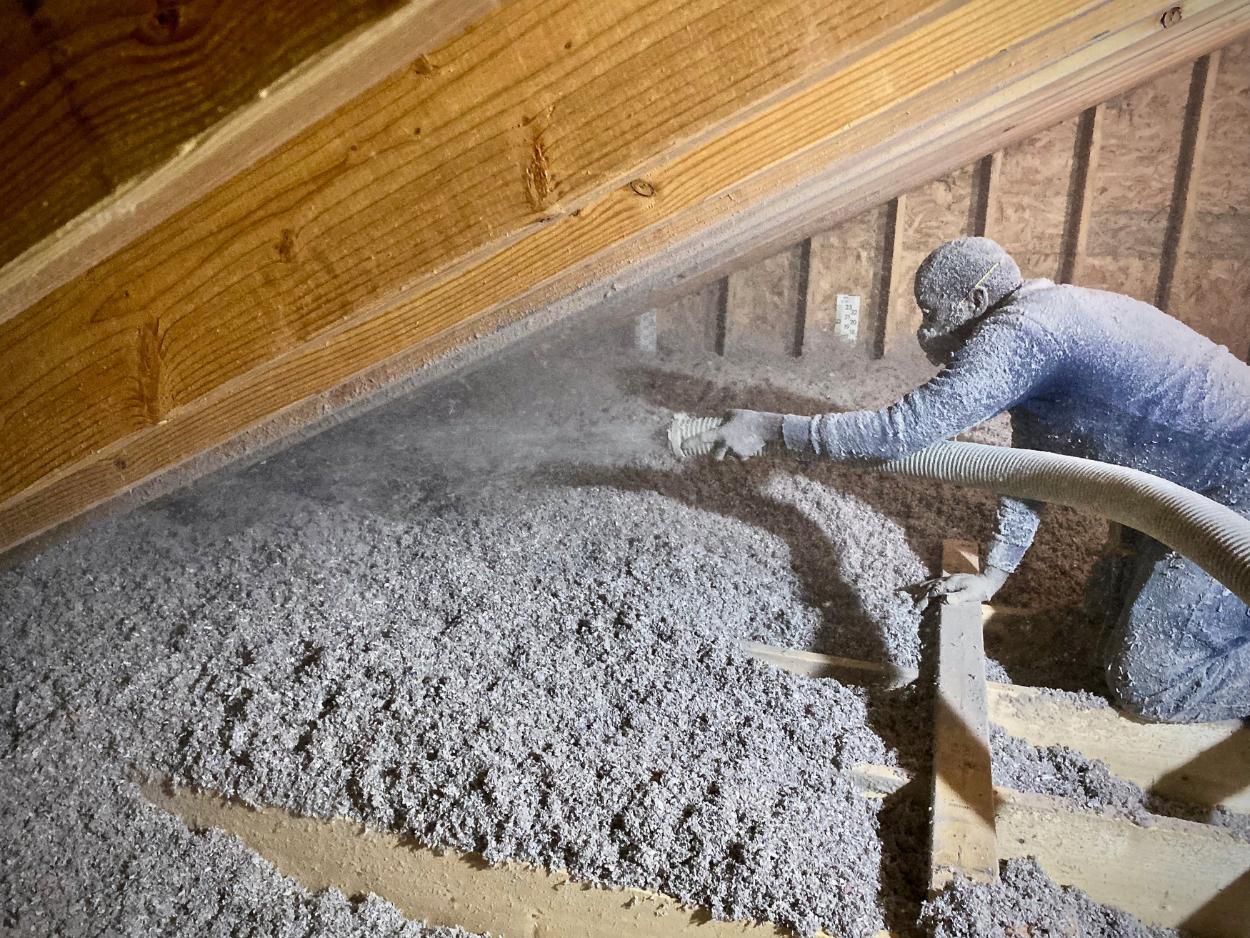
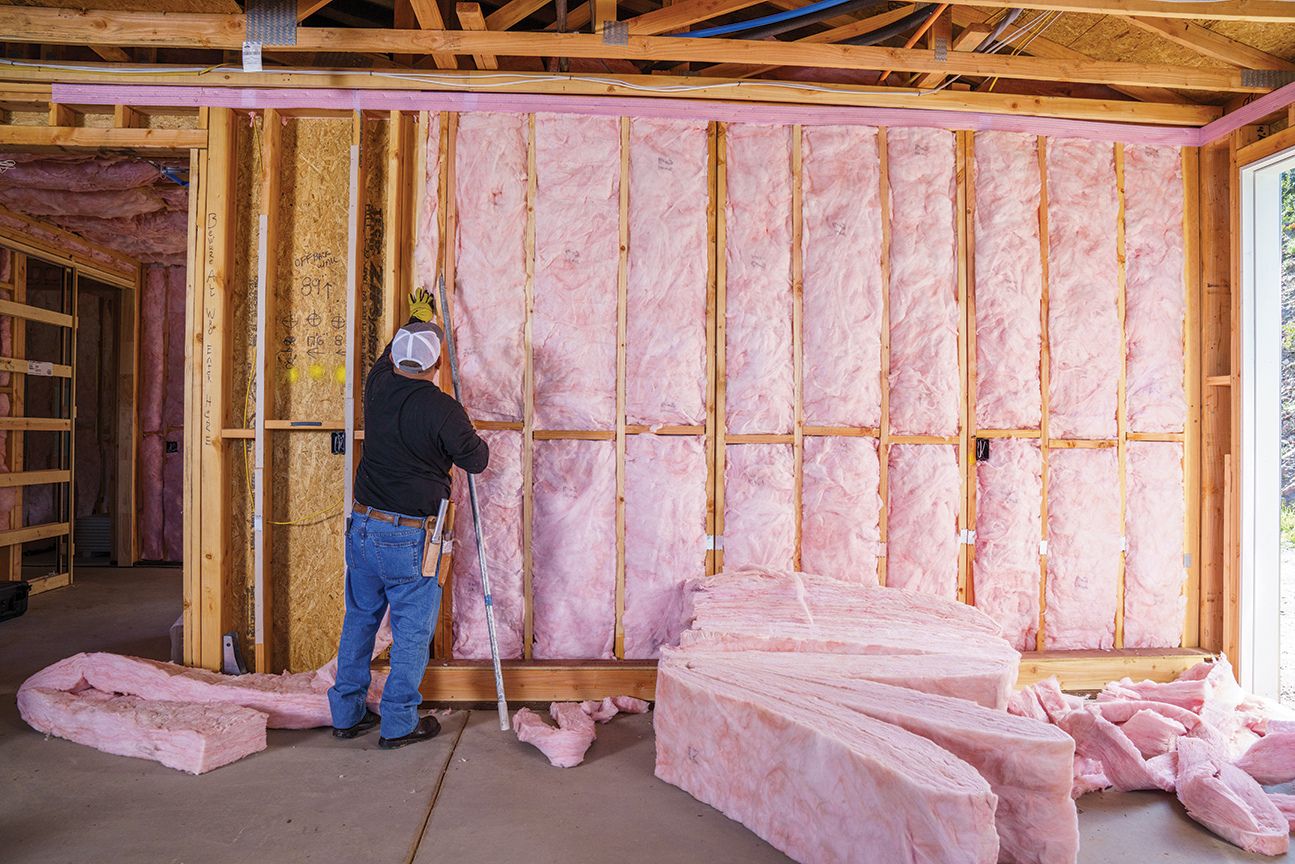
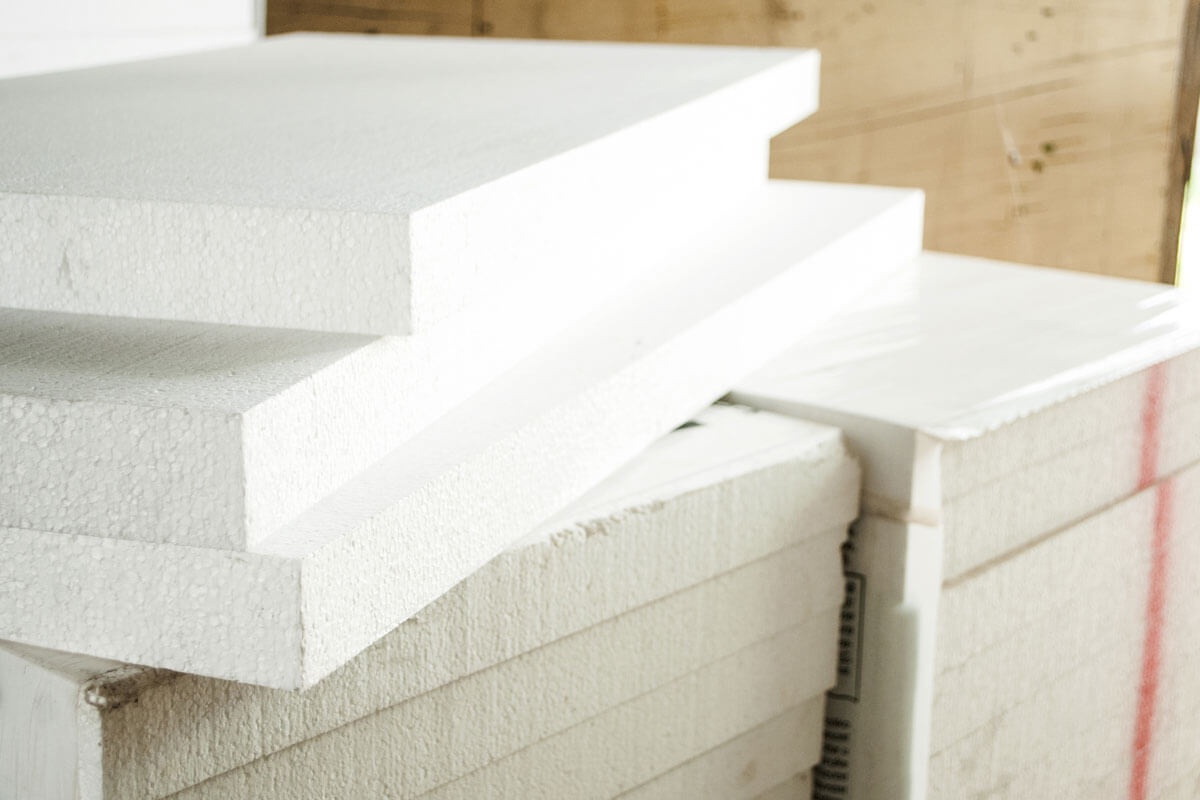

0 thoughts on “What Is Heat Insulation”